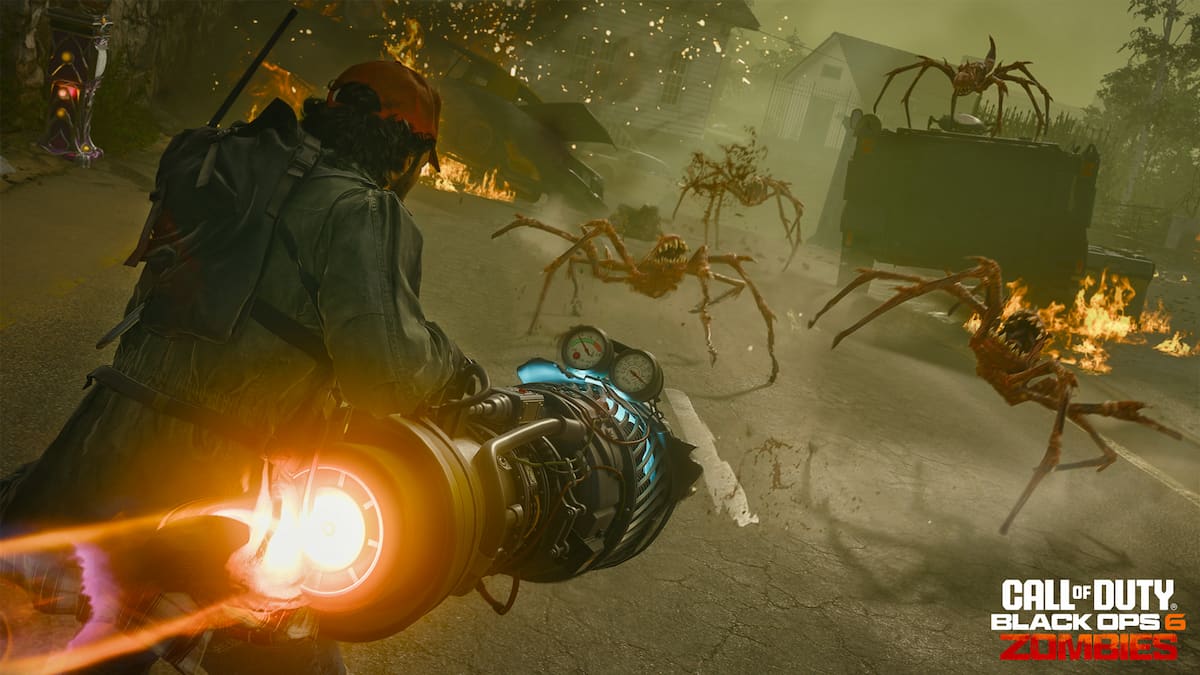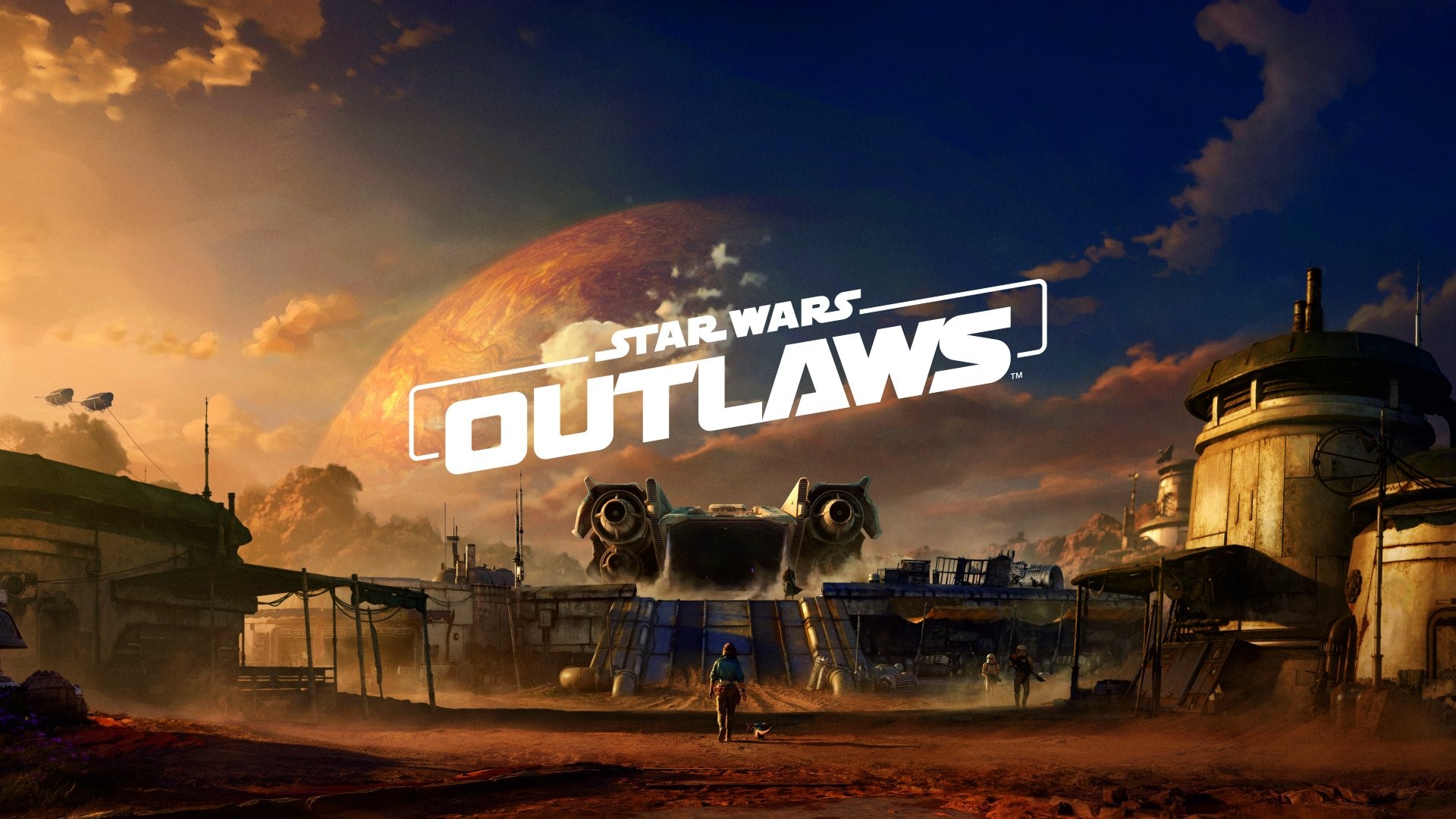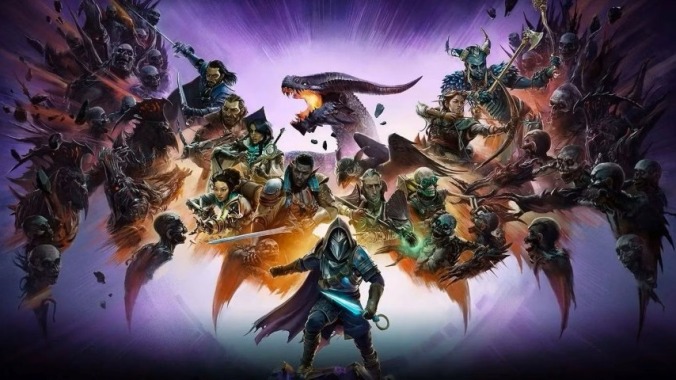Classic Games
Classic video games are timeless treasures that laid the foundation for modern gaming. From iconic arcade hits to beloved console favorites, these games evoke nostalgia and showcase the creativity and innovation that shaped the gaming industry.
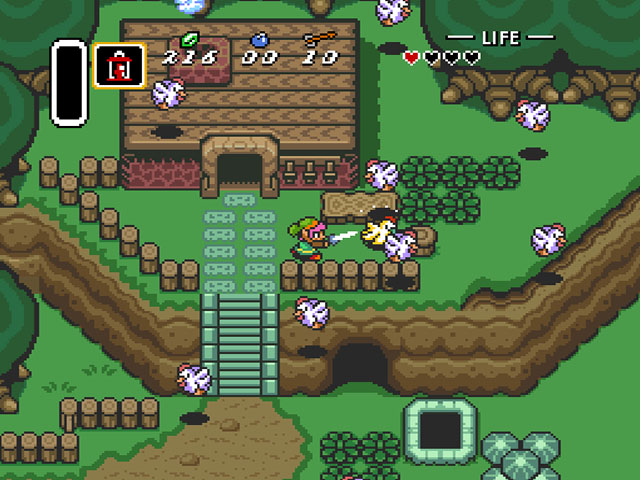
Step back in time and rediscover the games that defined an era. From pixelated arcade masterpieces to early console legends, explore the timeless classics that shaped the gaming world and continue to inspire generations of players.
More intriguing information
Classic games hold a special place in the hearts of gamers, not just as entertainment but as cultural milestones that pioneered the gaming industry. These games, from the arcade brilliance of Pac-Man and Space Invaders to the console-defining adventures of The Legend of Zelda and Super Mario Bros., introduced groundbreaking mechanics, iconic characters, and unforgettable soundtracks that continue to resonate today. Many classic games were technological marvels of their time, pushing the boundaries of what was possible with limited hardware. Tetris proved that simple concepts could captivate millions, while Street Fighter II set the stage for competitive gaming with its innovative combat system. Even decades later, these games are celebrated for their ability to entertain, challenge, and inspire.
Classic games are more than just nostalgia—they’re a bridge to gaming’s origins, showing how far the industry has come. Their timeless appeal lies in their accessibility and charm, making them as enjoyable for new players as they are for long-time fans. Whether through modern re-releases, remakes, or emulators, these masterpieces remain an integral part of the gaming experience.
Super Mario Bros.
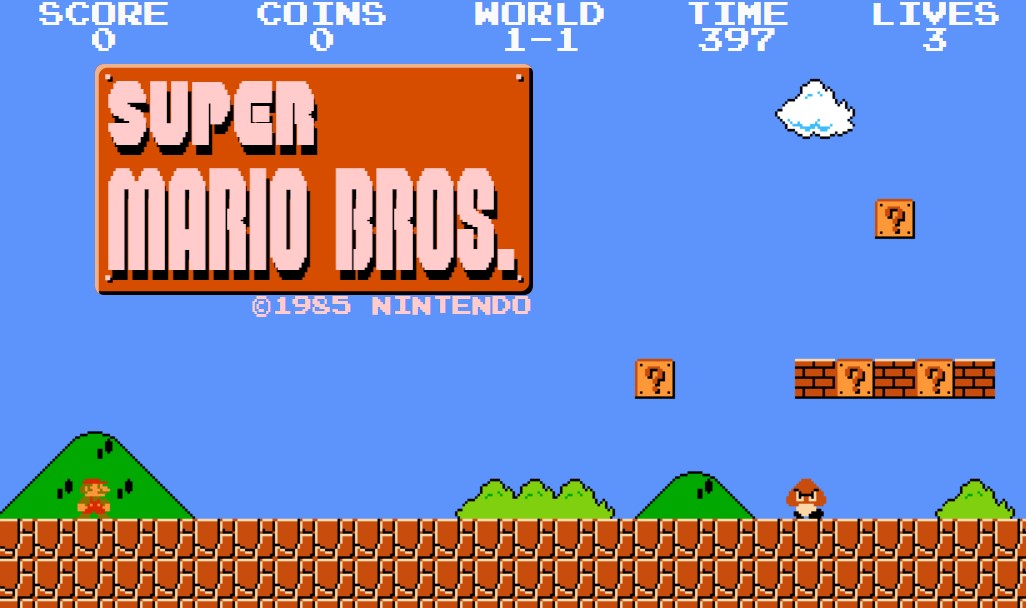
Super Mario Bros. (1985) is a timeless classic that transformed the gaming world and defined the platformer genre. Developed by Nintendo, this iconic adventure follows Mario and his brother Luigi on a quest to rescue Princess Toadstool from the clutches of the villainous Bowser. Set in the vibrant and imaginative Mushroom Kingdom, the game introduced players to an unforgettable world filled with hidden secrets, challenging obstacles, and whimsical enemies.
The gameplay is simple yet captivating. Players navigate through eight unique worlds, each with its own distinct themes and challenges, from lush green plains to perilous castles. Along the way, power-ups like the Super Mushroom, Fire Flower, and Starman provide exciting abilities, allowing Mario to grow in size, shoot fireballs, or become temporarily invincible. The game’s tight controls and clever level design create a perfect balance of difficulty and fun, making it accessible for beginners while rewarding for seasoned players.
With its catchy soundtrack, vibrant visuals, and pioneering gameplay, Super Mario Bros. became a cultural phenomenon that redefined video games as a mainstream form of entertainment. Decades later, it remains a beloved masterpiece, celebrated for its innovation and enduring charm. It’s not just a game—it’s the start of an iconic legacy that continues to capture the hearts of gamers around the world.
- Gameplay: Level Design: The game features eight worlds, each divided into four levels, including overworld, underground, water, and castle settings. Players navigate through each level, avoiding enemies, collecting power-ups, and finding hidden areas and shortcuts.
- Power-Ups: Key items like the Super Mushroom, Fire Flower, and Starman give Mario unique abilities. The Super Mushroom allows Mario to grow in size and take an extra hit, while the Fire Flower lets him throw fireballs, and the Starman grants temporary invincibility.
- Enemies and Obstacles: From Goombas and Koopa Troopas to the Hammer Bros and Bowser himself, the game offers a variety of enemies that require different strategies to defeat. Mario must also avoid environmental hazards like pits, fire bars, and moving platforms.
- Hidden Bonuses: Scattered throughout the game are hidden coin blocks, warp zones, and 1-Up mushrooms that reward exploration and add a layer of discovery.
The Legend of Zelda

The Legend of Zelda (1986) is a groundbreaking action-adventure game that forever changed the gaming landscape. Developed by Nintendo and created by Shigeru Miyamoto, this iconic title introduced players to the sprawling and mysterious land of Hyrule. In the game, players guide Link, a courageous young hero, on a quest to rescue Princess Zelda and defeat the dark sorcerer Ganon, who has stolen the powerful Triforce of Power. At the heart of The Legend of Zelda is its sense of freedom and discovery. Players explore an open world filled with dungeons, hidden secrets, and dangerous enemies, armed only with a sword and their wits. Each dungeon presents unique challenges, puzzles, and treasures, such as the magical boomerang, bombs, and bow, which unlock new areas and deepen the gameplay. The game’s non-linear design encourages exploration and experimentation, rewarding players who venture off the beaten path. With its innovative mechanics, immersive storytelling, and memorable 8-bit soundtrack, The Legend of Zelda captured the imaginations of players and laid the foundation for one of gaming’s most beloved franchises. It’s more than just a game—it’s an epic journey that invites players to embrace adventure, courage, and the thrill of the unknown. Even decades later, its influence is felt in countless games, and its legacy continues to inspire new generations of adventurers.
- Gameplay: Open-World Exploration: Hyrule is a vast, interconnected land filled with forests, mountains, lakes, and dungeons. Players can explore freely, venturing into different areas at their own pace, discovering secrets, and encountering various enemies and puzzles.
- Dungeons and Puzzles: The game’s core challenges lie in its nine dungeons, each filled with unique enemies, puzzles, and treasures. Dungeons contain powerful items, such as the boomerang, bow, and bombs, which are essential for progression and combat. Each dungeon culminates in a boss fight, requiring strategic use of items and environmental awareness.
- Combat and Items: Link starts with a sword and shield, but as he progresses, he finds a range of items that expand his abilities, from the magical boomerang and bombs to the iconic bow and arrow. The variety of items adds depth to combat and puzzle-solving, allowing players to develop their own strategies.
- Secrets and Rewards: Hyrule is packed with hidden rooms, secret passages, and rewarding surprises. Players are encouraged to explore every corner, as many secrets offer extra health, rupees, or powerful items to help in their journey.
Pac-Man
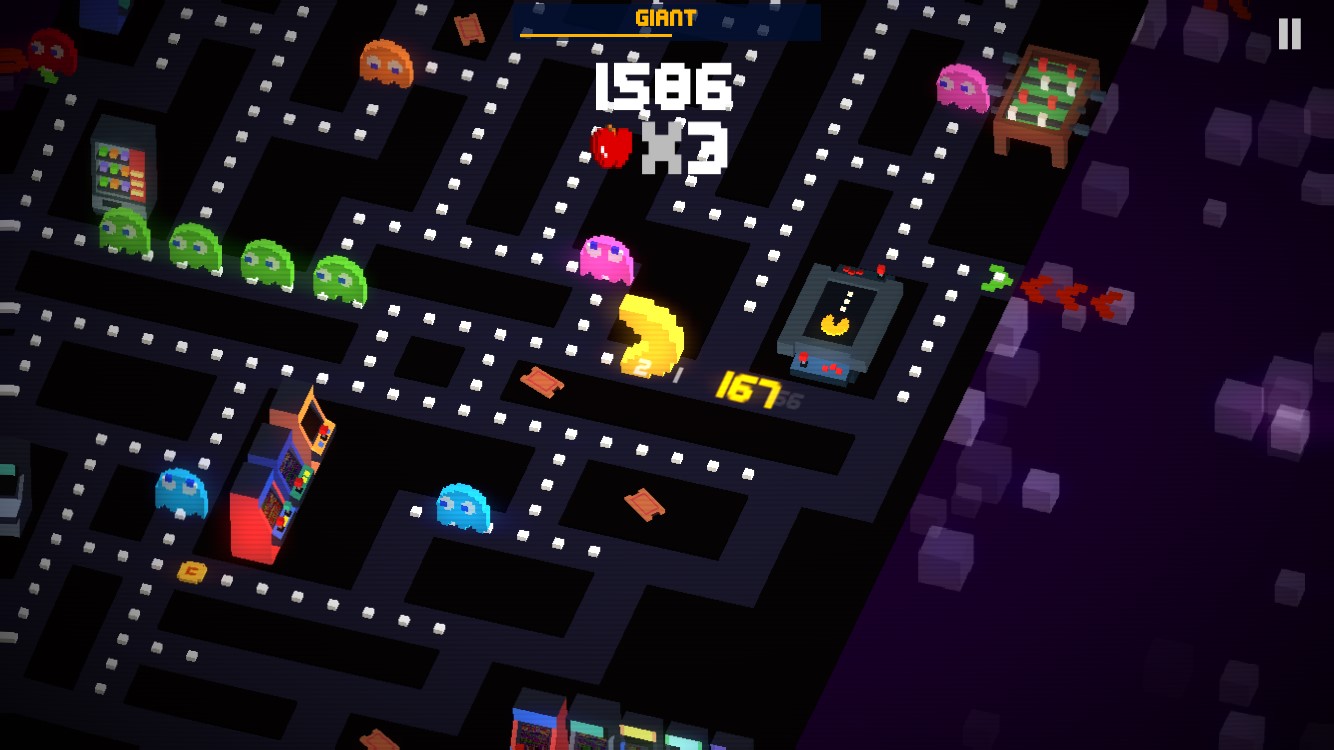
Pac-Man (1980) is a cultural icon and one of the most beloved video games of all time. Developed by Namco and designed by Toru Iwatani, this arcade classic introduced players to the colorful, maze-like world of Pac-Man, a hungry yellow hero with a knack for gobbling dots and avoiding danger. With its simple yet addictive gameplay, Pac-Man became a global sensation, captivating players of all ages.
In the game, players guide Pac-Man through a maze filled with dots, fruit bonuses, and the ever-present threat of four mischievous ghosts: Blinky, Pinky, Inky, and Clyde. Each ghost has its own unique behavior, adding strategy to the challenge of staying alive. The twist? Eating a Power Pellet turns the tables, allowing Pac-Man to chase and eat the ghosts for bonus points—an empowering and thrilling moment for players.
Pac-Man isn’t just a game; it’s a phenomenon that redefined entertainment. Its vibrant visuals, catchy sound effects, and endlessly replayable gameplay made it a staple of arcades worldwide. Decades later, it remains a symbol of gaming’s golden age, evoking nostalgia while continuing to entertain new generations. Whether you’re a veteran or a first-time player, Pac-Man offers timeless fun and an enduring legacy that’s impossible to resist.
- Gameplay: Objective: The primary goal is to eat all the dots (or "pellets") in each maze, which advances players to the next level. Eating large dots, called Power Pellets, temporarily allows Pac-Man to turn the tables and eat the ghosts for bonus points.
- Ghost AI: Each ghost has its unique movement pattern and behavior, making gameplay challenging and strategic. Blinky aggressively chases Pac-Man, Pinky tries to cut him off, Inky is unpredictable, and Clyde follows Pac-Man but sometimes veers off. Understanding each ghost's behavior is key to mastering the game.
- Fruit Bonuses: Occasionally, fruit appears in the maze for a limited time, rewarding players with extra points if collected. These bonuses add another layer of risk and reward to gameplay.
- Increasing Difficulty: With each level, the speed of both Pac-Man and the ghosts increases, making gameplay progressively harder. The famous "kill screen" occurs on level 256 due to a programming glitch, which makes it impossible to complete.
Pac-Man is a classic arcade experience, celebrated for its easy-to-understand mechanics, increasing challenge, and innovative AI behavior. Its enduring appeal has made it a cultural icon, symbolizing the golden age of arcade games.

